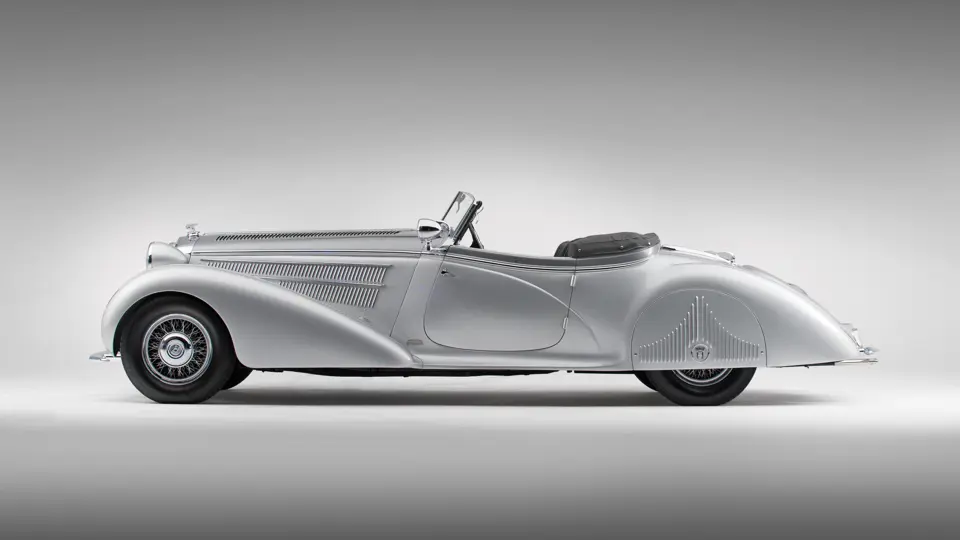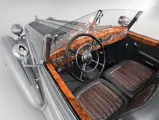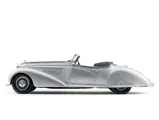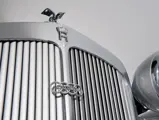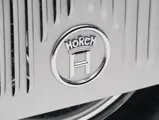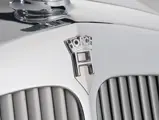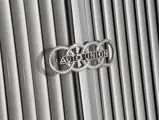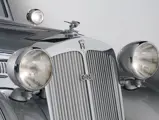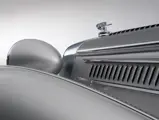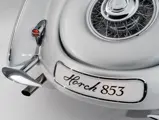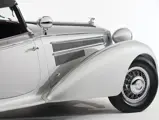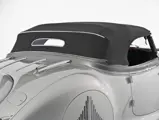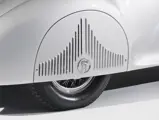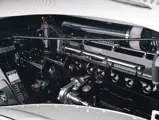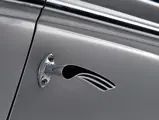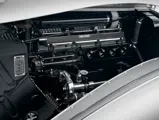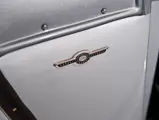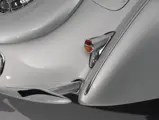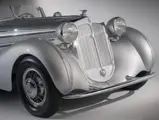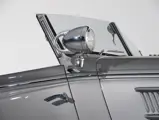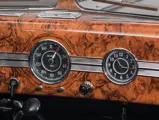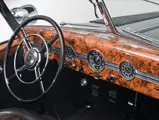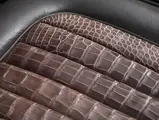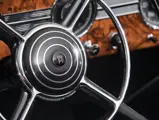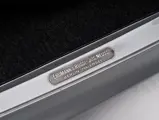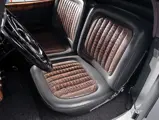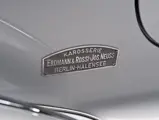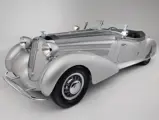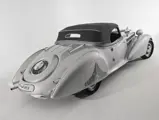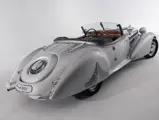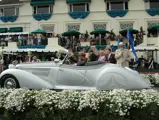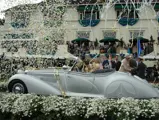120 bhp, 4,944 cc inline overhead cam eight-cylinder engine, four-speed sliding gear synchromesh transmission with overdrive, independent front suspension via upper A-arms and lower twin transverse leaf springs and chassis lubrication system, fully independent rear suspension with half shafts and leaf springs, four-wheel vacuum-assisted hydraulic drum brakes, and centrally controlled four-wheel hydraulic jacking system. Wheelbase: 135.8"
Titled as 1939.
• Pebble Beach Best of Show winner, with multiple other Best of Show wins
• One of five built and three surviving of its kind
• From the Collection of Joseph & Margie Cassini
In the spring of 1896, 28-year-old August Horch saw his first motor car, a Benz, and immediately wrote Benz & Cie to inquire if the company might be able to utilize someone with his engineering and manufacturing experience. The reply was a positive one, and shortly thereafter, Horch was the plant manager, with 70 employees under him. Driven to accomplish more, he found independent financial backing and in 1899, founded A. Horch & Cie. His namesake vehicles were known for quality, even in their earliest days, and utilized the latest innovations, such as the new spray-jet carburetor, a transmission design with constant-mesh gears, and a two-cylinder engine of his own design.
Horch cars participated in a number of reliability runs and races, acquiring quite a good reputation early on. By 1910, the company, however, was suffering from lagging sales and issues with malfunctions on cars entered in touring events. Horch found himself scapegoated and was forced out of his namesake company. Like Ransom Olds in the United States, Horch no longer had the right to use his name for another business concern and settled on the Latin translation of his name, Audi, which means “to listen,” for his new firm.
The motor cars constructed by Audi Automobilwerk, m.g.H. had a good reputation and even outperformed the Horch in competition. However, a focus on only expensive, high-quality automobiles left the company in financial trouble, and Horch exited by 1920. The postwar financial crisis left most of the country’s manufacturing concern in disarray, and in 1932, four struggling auto companies from Saxony, Horch, DKW, Wanderer, and Audi, joined forces to become Auto Union, with four interlocking rings used as the logo. Shortly thereafter, in 1933, August Horch was reinstated as the head of the Horchwerke.
Horch continued as a luxury car manufacturer; it had produced its first eight in 1927 and a twelve by 1930. In 1933, Horch launched the Type 830, followed by the 850 in 1934. The top Horch models were based on the fully-developed straight eight-cylinder engines and reached the absolute pinnacle between 1937 and 1940, with the type 853 and 951. The engine was now of five-liter capacity, and the 853 employed double-jointed rear axle shafts pioneered on the Porsche-designed Auto Union racing cars, providing fully independent De Dion rear type suspension. Front suspension consisted of an upper A-arm with the lower hub carried by a pair of transverse leaf springs. Vacuum-assisted hydraulic brakes were standard, as was a four-speed transmission with a lever-actuated overdrive that was usable in all four gears. The result was a highly advanced chassis for the time, and one that would not be matched by most other car manufacturers until well into the postwar years.
Just as they were competitors on the track, with their team cars collectively known as the “Silver Arrows,” Horch and Mercedes-Benz also competed in the luxury market, and Horch decided to respond directly to the 540K. A design concept began, and a wooden model was built to assess the Horch Special Roadster. The decision was made to go ahead, and the construction of the car was undertaken by the factory works in Malan, Germany. The car was shown briefly but not initially sold, as plans to supercharge the car were contemplated. Ultimately, the straight eight engine was deemed sufficient for the car, and plans to supercharge it were abandoned. Although not supercharged like its rivals, the 853 models do have overdrive, which closes the performance gap.
A second car was then produced. Built to the same model, it was similar in appearance to the first car, but the body of this car was built by prominent Berlin coachbuilders Erdmann and Rossi, established in 1898. These first two cars are considered the “First Series” cars. They are both based closely on the design concept and are virtually identical to each other, with both surviving in long-term ownership.
The “Second Series” of cars built had more modern coachwork, with elegant flowing lines and pontoon-shaped wings. Five of these cars were built, three of which are known to survive today.
The first example was built for Herman Göring and was fitted with a bulletproof windscreen, but at the same time, Mercedes-Benz built a 540K Special Roadster for Göring, fitted with bulletproof doors and glass, as well as the windscreen. The self-preservationist Göring chose the Mercedes and his semi-bulletproof Horch was ordered to be dismantled. Another example, probably the last built of the Second Series, remains unaccounted for, leaving just three cars surviving.
Detail is important to consider when comparing the Horch Special Roadsters to their competition from Sindelfingen. Although the 540K Special Roadsters were considered one-off examples, the variance in detail between the approximately 25 examples built is minimal, and the coachwork was supplied by the factory. Conversely, only eight Horch Special Roadsters of all types were built. The prototype was factory bodied, but subsequent examples were clothed by independent coachbuilders Erdmann & Rossi and, in the case of the last example, Glaser.
Although three examples of the Second Series Special Roadsters survive, each one is truly unique. Some have the “sweep panel” in the body sides; at least two were built with the beautiful louvered rear fender skirts, while others had no skirts at all. At least two cars had the blade style bumpers seen on this car, while others had traditional Horch 853 style bumpers. Similarly, at least three different interior patterns exist; all of this is documented in original photographs, many of which are found in Rupert Stuhlemmer’s book The Coachwork of Erdmann & Rossi.
Due to the bespoke nature of these cars, the purchase price of a Horch Special Roadster was significantly higher than the cost of a production 540K Special Roadster. Additionally, Horch was extremely selective in allowing clients to buy its products; having payment in full did not guarantee a prospective one of these automobiles. The background and place in society of the prospective purchaser was considered, and it was required that the purchaser demonstrate that they had a minimum of 100,000 Deutschmarks in the bank, making these cars not only extremely rare in period, but probably the most difficult of any car to acquire new.
Offered from the collection of Joseph and Margie Cassini is the most prominent of the three remaining Second Series Special Roadsters, commission number 3164. This car was brought to the United States after the Second World War by a returning serviceman, who opened a filling station in Cleveland, Ohio. He began dismantling the car with the intention of restoring it and like so many similar instances, the dream was never realized. In the late-1960s, collector Herbert von Fragstein began seeking one of the Special Roadsters and learned of the existence of 3164. After several years of letter writing and visits, he was successful in acquiring the car in 1973.
Like the gentleman before him, von Fragstein did not commence the restoration; although, he did manage to acquire a number of original parts, which were to aid its eventual refurbishment. The Horch was acquired in 2001 by noted collector Joseph Cassini. When reflecting on the opportunity to acquire the car he relates, “I was familiar with the Special Roadster owned by Dr. Charles Key in Texas. It was a beautiful car, and I saw this example as an opportunity to take a diamond in the rough and realize its true potential.” He commissioned RM Auto Restoration to return the car to concours condition, which was the start of a two-year journey.
The restoration began with a thorough inventory and dismantling, which proved the car to be remarkably complete. It was stripped down to the bare chassis, where every component was disassembled, inspected, cleaned, and refastened all the way down to the hydraulic jacking system. Even the wooden frame was totally taken apart, and again, each piece was inspected and cleaned. Although some of the ash framing in the lower portions required replacement, a remarkable amount of the original wood was saved. Restoration specialist Don McLellan notes the many hours of research that was conducted to make sure all aspects of the project were completed correctly. He also notes, “As we disassembled each component, you could really see the quality of engineering that whet into every piece. The chassis itself is massive and strong, as it was intended to be.”
The steel and aluminum alloy body was, overall, in very good shape. Some areas required repair, and great pains were taken to save as much of the original coachwork as possible. The drivetrain was complete and thoroughly rebuilt. The fit and finish of every mechanical and cosmetic component was painstakingly researched, and two separate trips were made to Germany to photograph other original examples. McLellan also notes that previous owner von Fragstein was a huge help, because he had a lot of technical knowledge, had acquired many parts over the years, and had many contacts familiar with the marque.
When it came time to choose livery, Cassini relates, “Making the final decisions regarding paint and interior were the most difficult. We went over a number of color combinations and spray outs before making a final decision.” The colors ultimately chosen were this period-correct shade of silver accented with a subtle grey two-tone. By the time the car was prepared for display, over 12,000 hours had been invested in perfection.
No volume of words can adequately convey the emotion stirred at the sight of this spectacular Special Roadster. When closely observing this rolling sculpture, it is amazing to consider the delicate balance of the myriad of fine details. The use of chrome is restrained, led by the single blade-style bumper, which is followed by the radiator surround and a delicate latticework of trim that adorns the peaks of the fenders and also runs down the length of the center and sides of the hood, accenting the endless array of louvers. The hood trim continues to the cowl and into the windshield frame, while another piece continues down the length of the body, under the wide, low-slung belt molding on the doors, and wraps around the rear of the body. At the same time, a subtle sweep panel emerges from the cowl and gently tapers down towards the rear of the door. Everywhere, the mastery of the craftsmen at Erdmann and Rossi can be seen, as there is hardly any piece of sheet metal that does not have a hand-hammered compound curve.
Other fine elements include the chromed bezels that surround the holes where the bumper mounts through to the front sheet metal, as well as the ornamental fluted louvers on the fender skirts, which have a chromed deco Horch logo at the center. A look at the passenger compartment lends the impression that it was designed and crafted by a jeweler instead of an automobile firm. The leather and alligator upholstery is complemented with deeply varnished Circassian burled walnut veneer on the door trim and dash, and it is interesting to note that the natural grain of the wood elegantly wraps around the centrally located speedometer, in addition to the fully fitted headliner in the convertible top, which was only available in the finest luxury automobiles. Again, all of the smaller pieces are adorned by a small amount of chrome, including handles, bezels, and even the cast pedals, which are also imprinted with the Horch logo.
The Pebble Beach Concours d’Elegance is unquestionably regarded as the most prestigious automotive gathering in the world. Joseph and Margie Cassini knew they had a special car, but assumptions regarding the outcome of that August day in 2004 were restrained. When class awards were announced, it dawned on everyone involved that the coveted Best of Show was within reach. The Cassinis were elated, as was the entire RM restoration team. McLellan notes the strong relationship that had been formed by the RM staff with the Cassinis throughout the two year endeavor, “The Pebble Beach win was very special because of the relationship that had been built during the restoration. It was like a family collaboration.”
Says Judge Cassini, who has owned over 50 examples of the best marques on the planet, “I’ve had some really outstanding cars—but the Horch is at the top of the pile, and it is also very functional.” He notes that when returning from the Meadow Brook tour with his wife, it was an extremely hot day, and they decided to take the interstate back instead of back roads. The Horch performed wonderfully and kept up with the fast pace of traffic effortlessly. Subsequent concours wins include the New York City Concours in 2005, Meadow Brook in 2006, the Glenmore Gathering in 2008, Ault Park in 2009, and most recently, Greenwich in 2012. The Cassinis have fully completed a decade-long journey and thoughtfully chosen to share their example with a new caretaker. It is, arguably, not only the best example of the marque but also one of the finest European cars of the period.




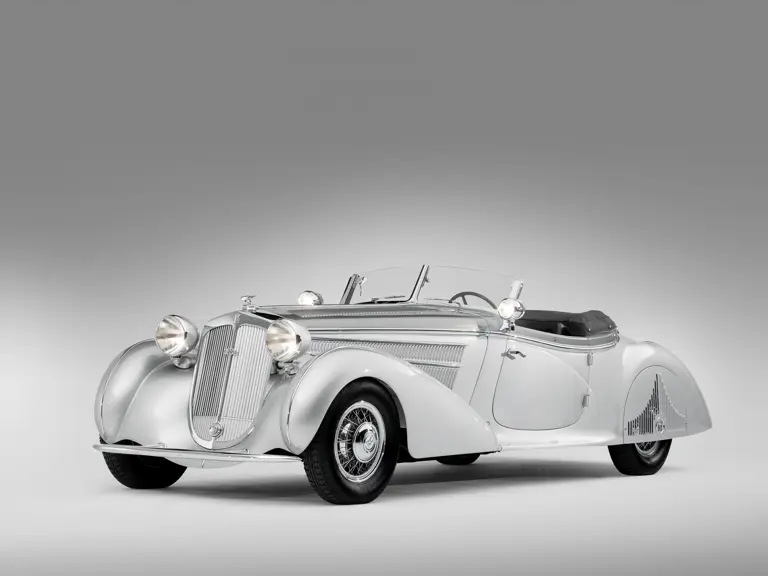
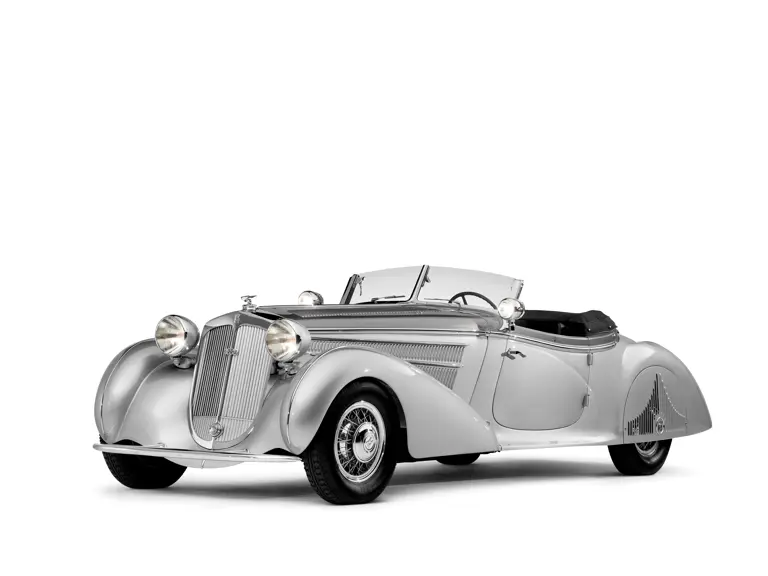
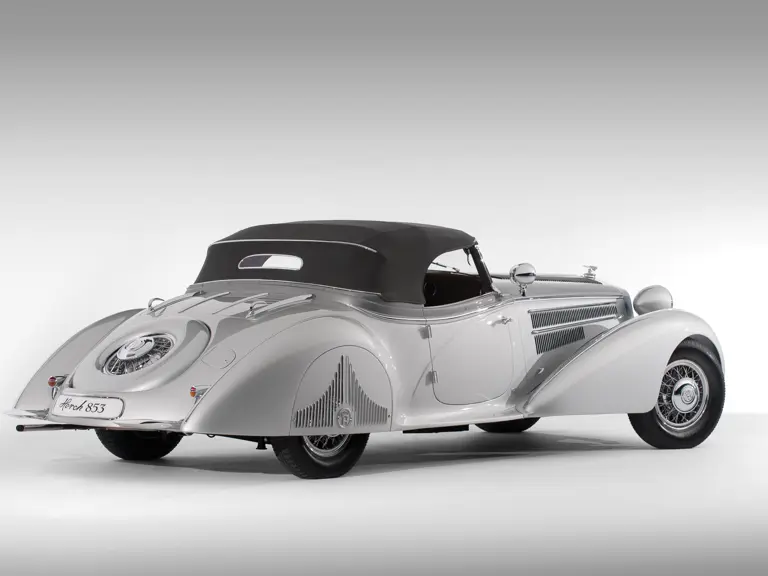



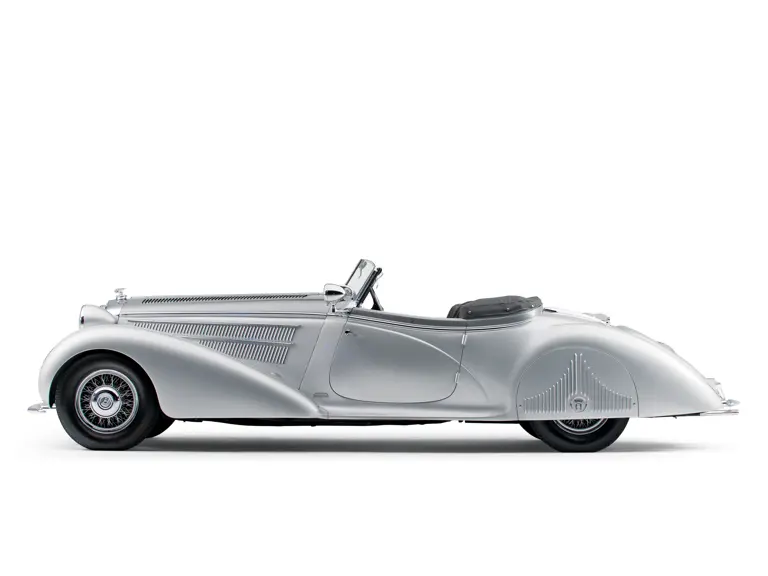
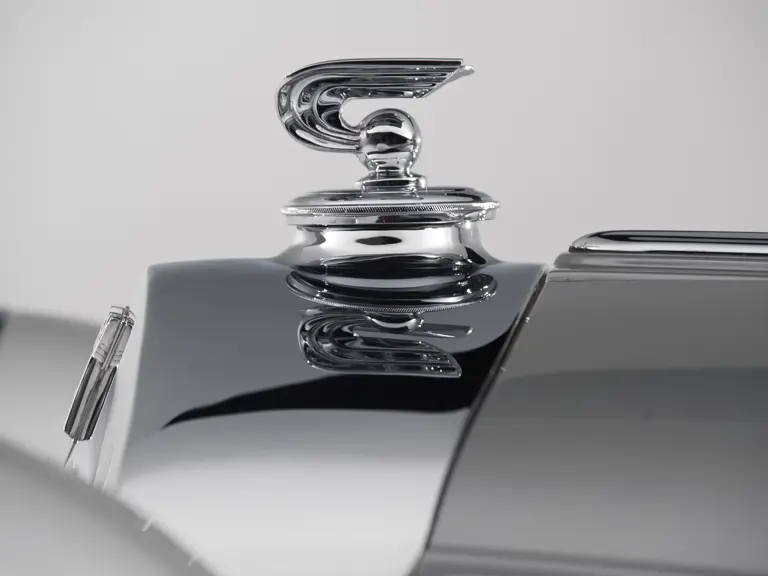
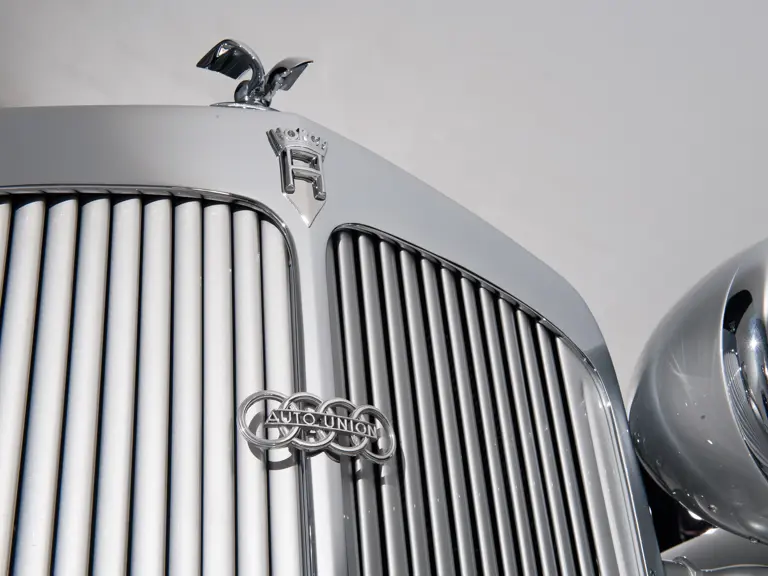
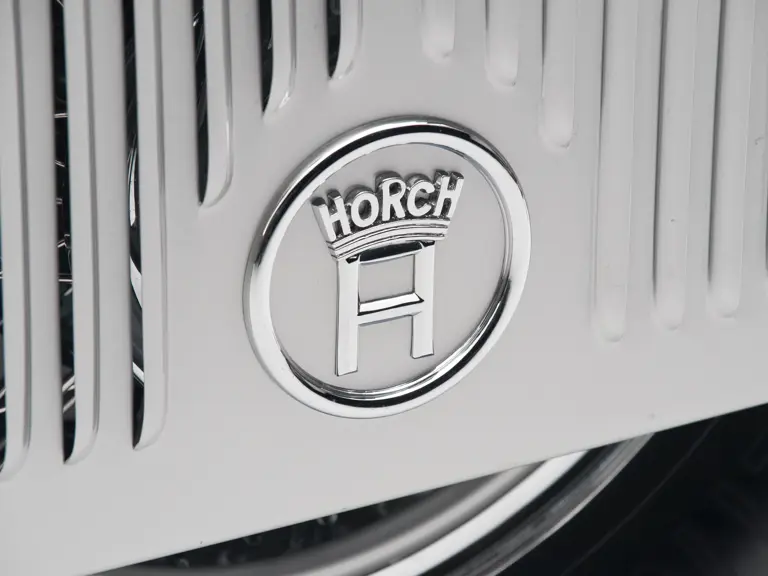
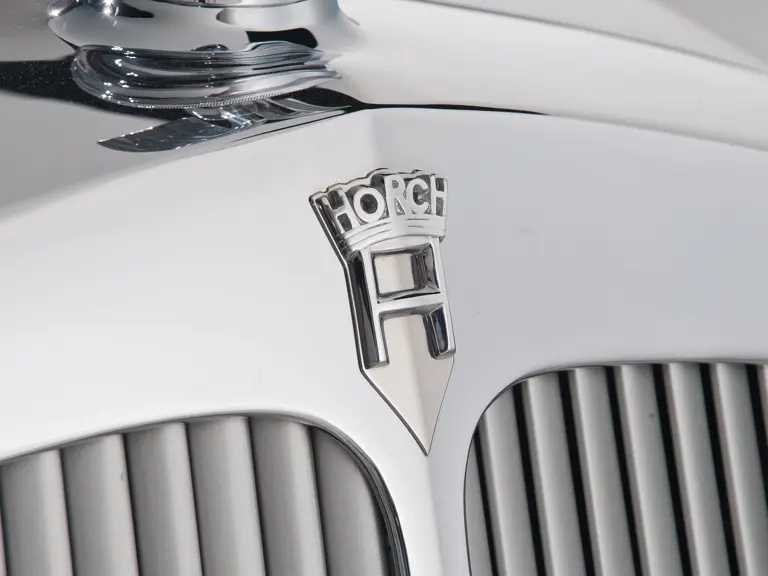
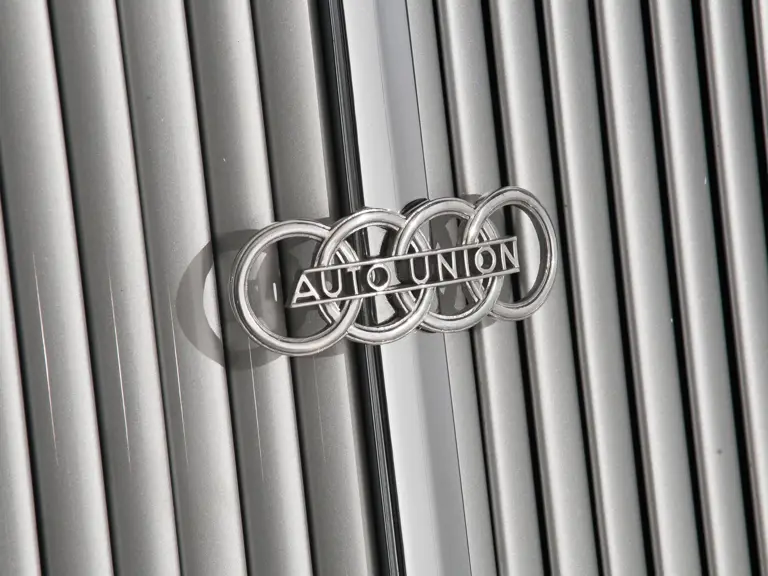
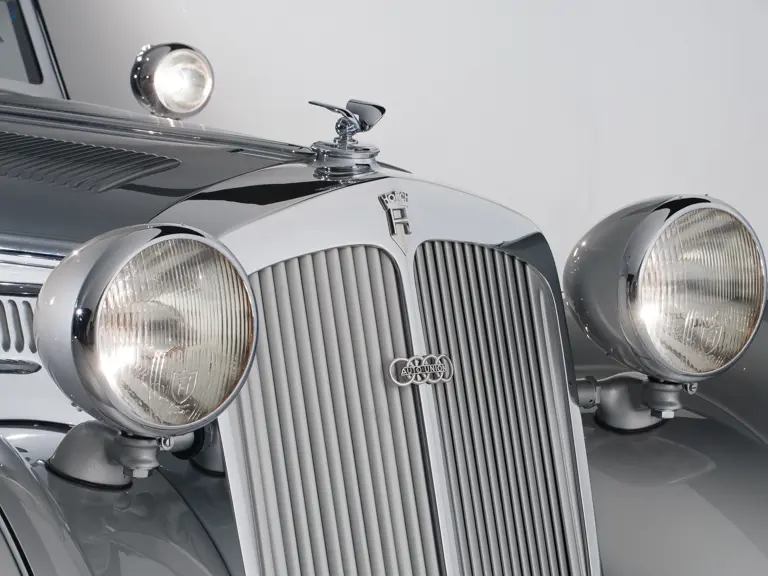



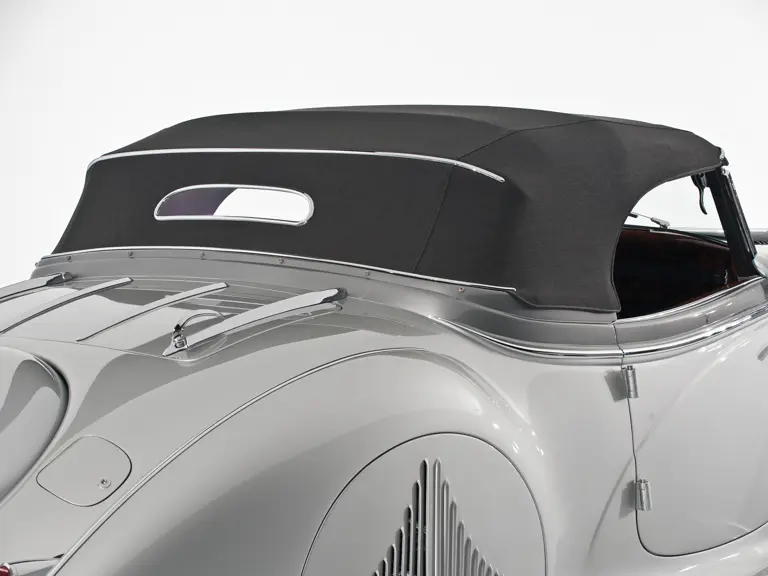
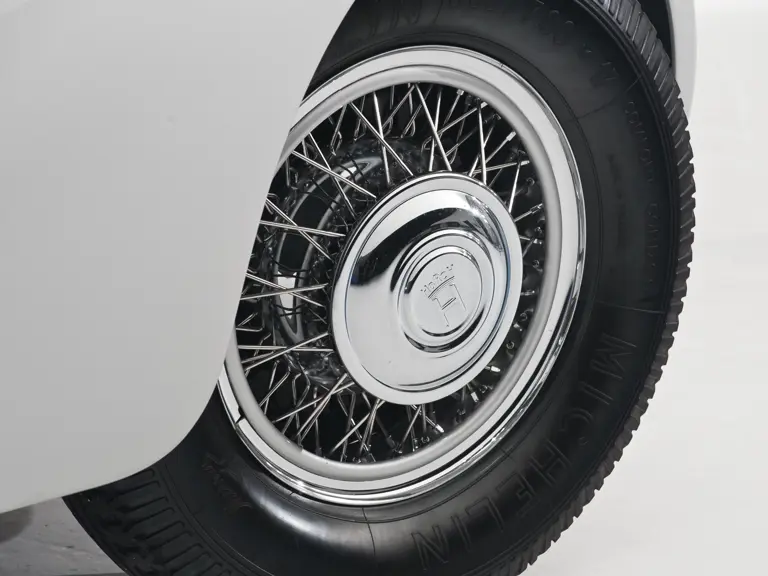

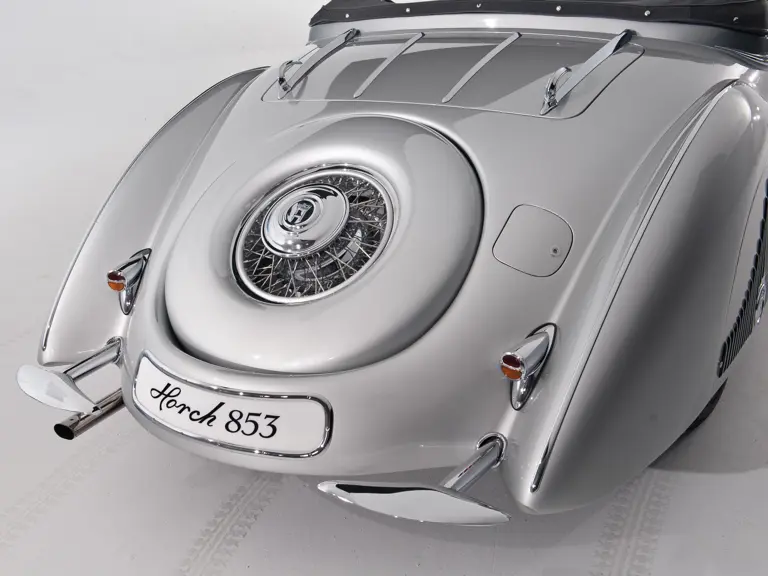
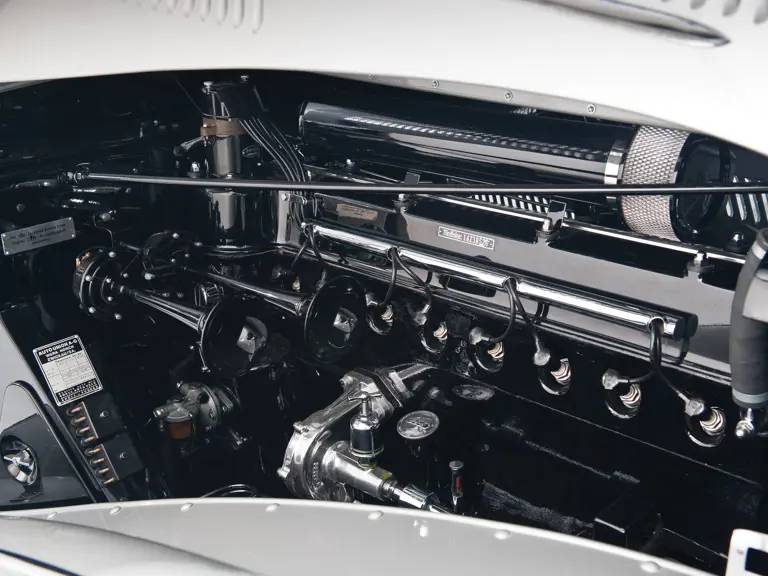
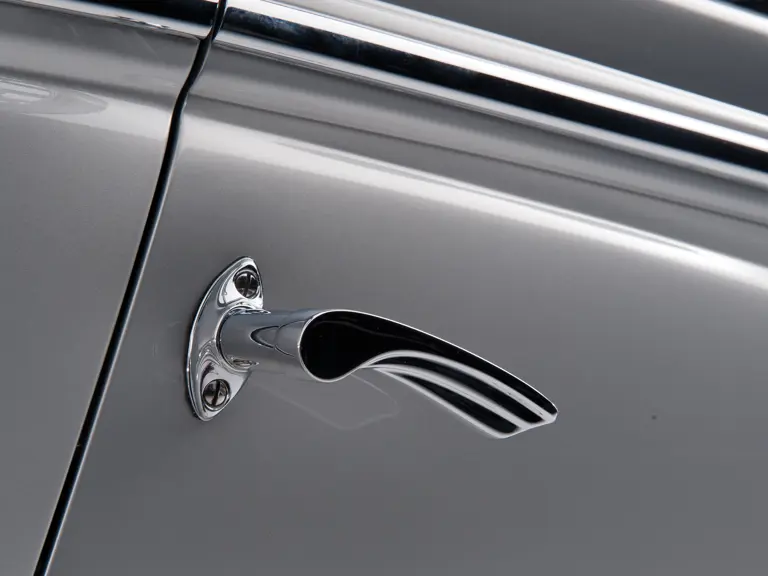
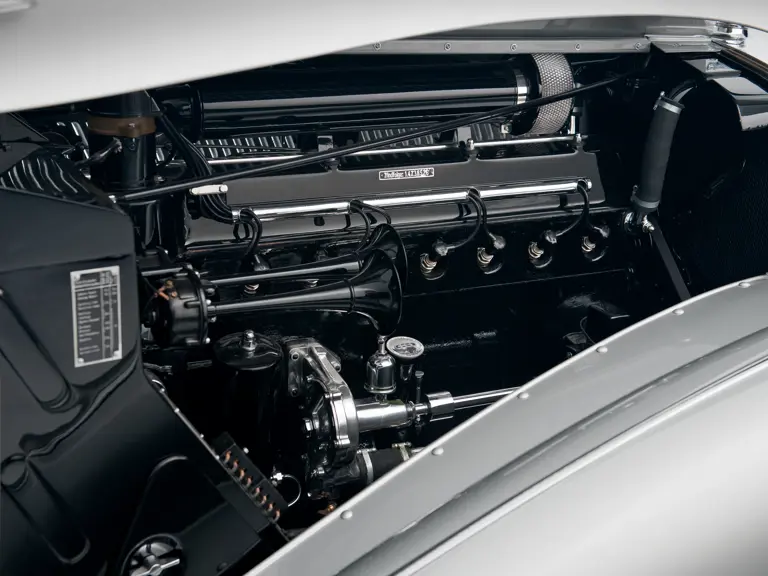
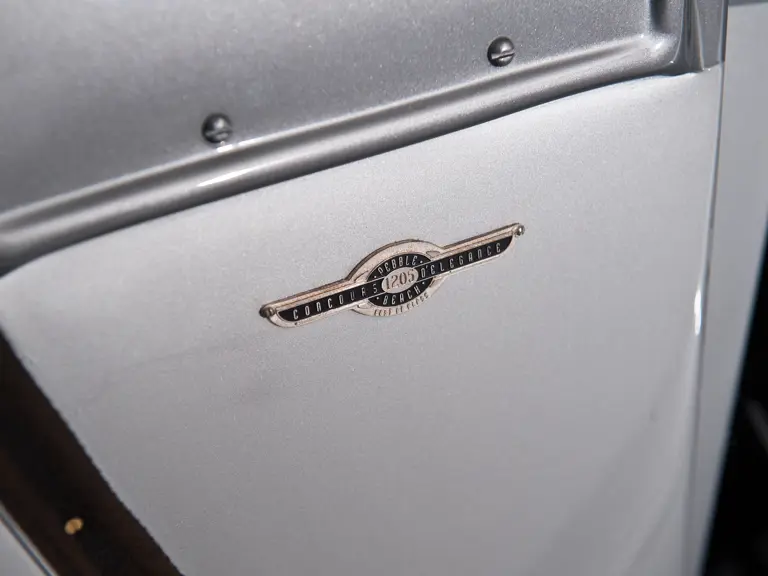


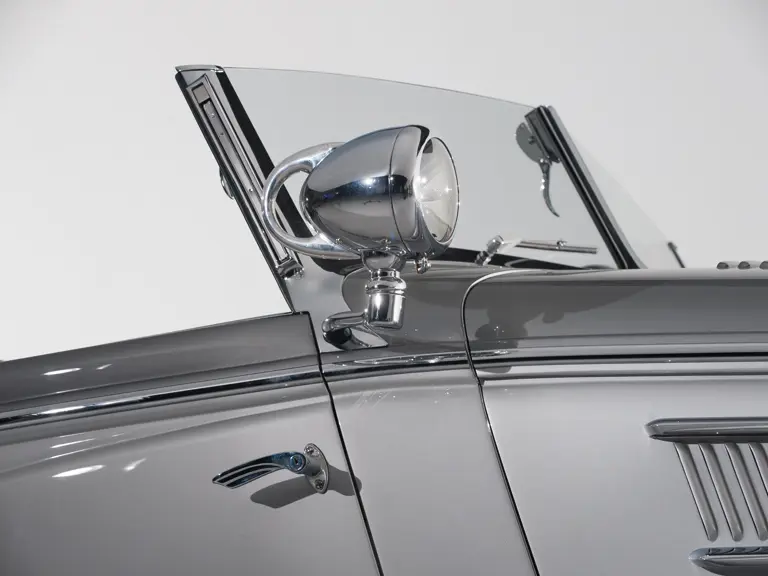
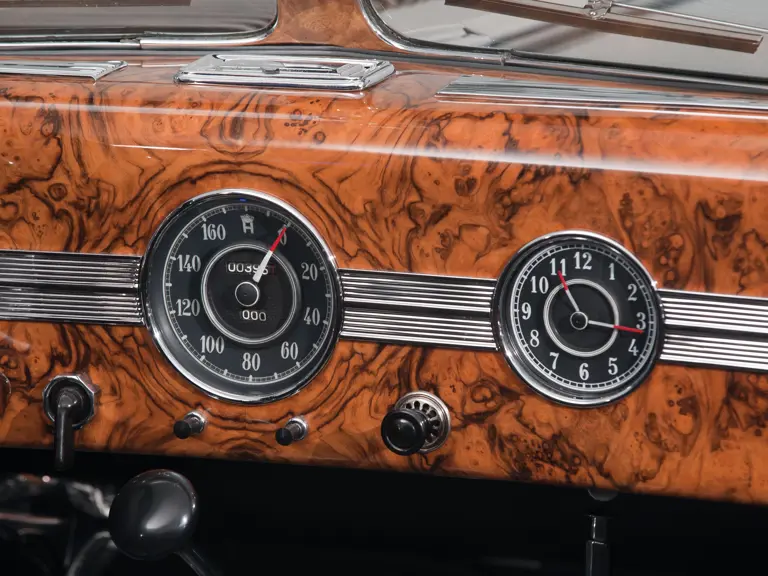

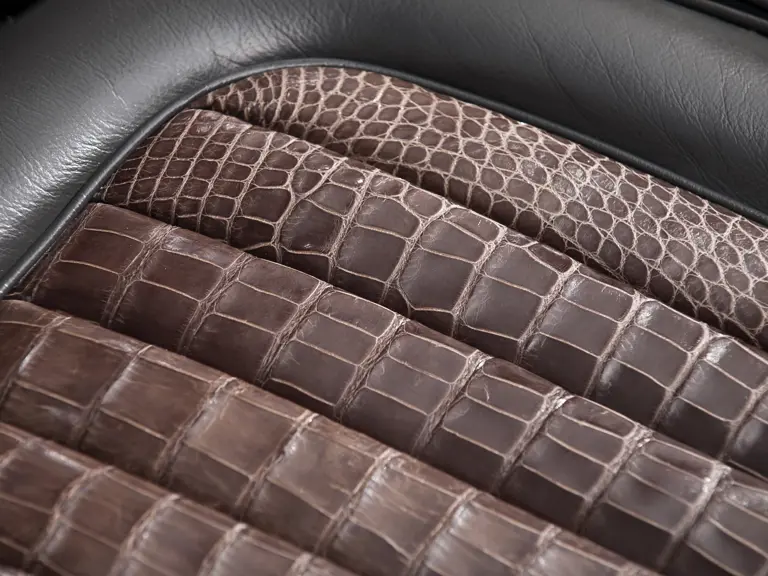
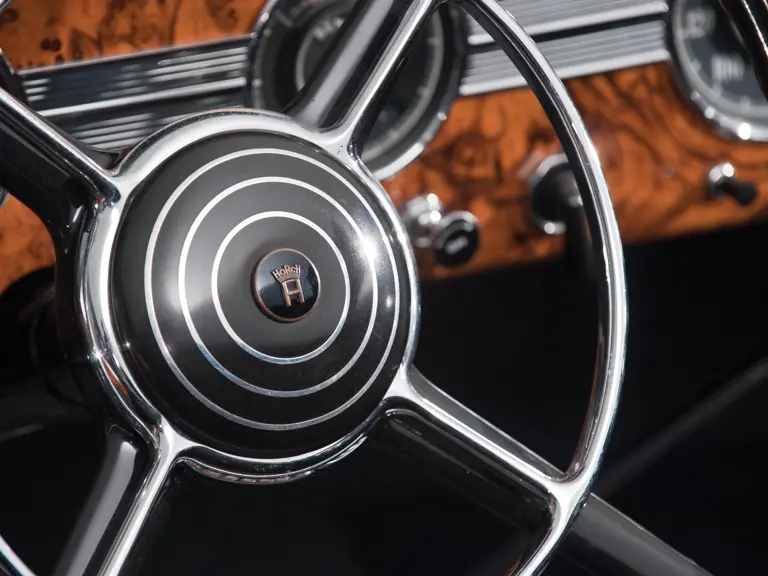
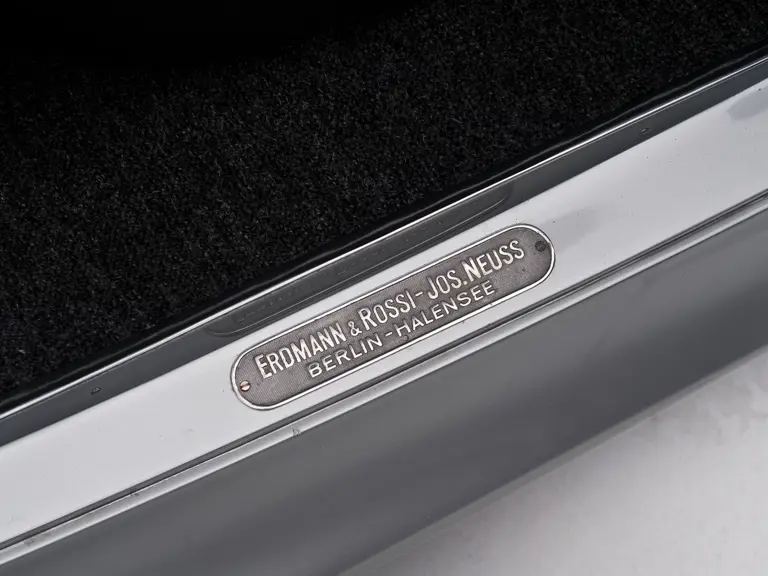
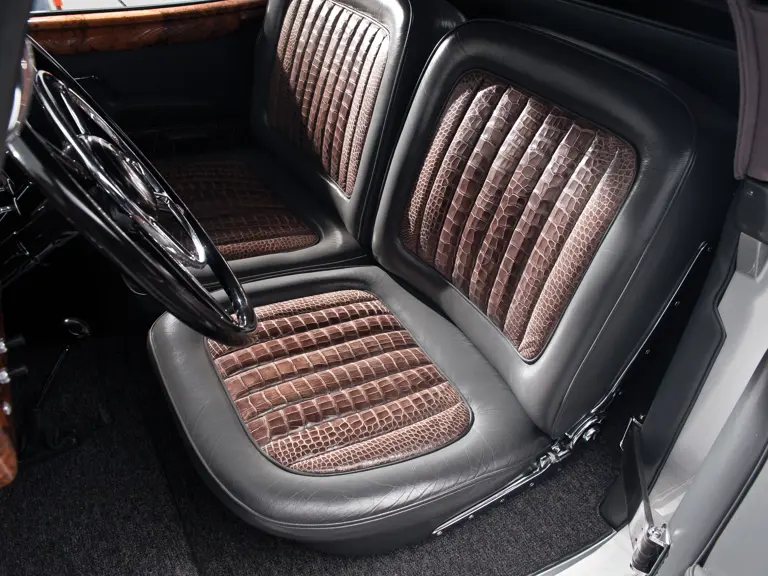
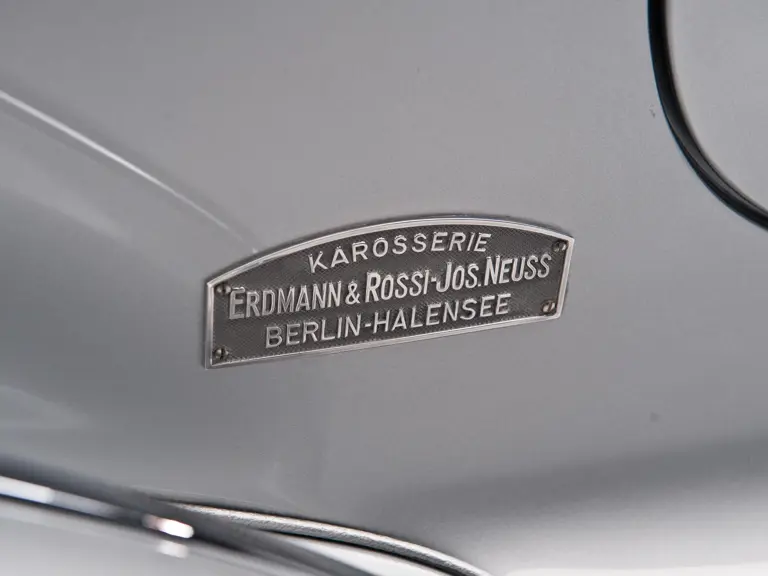
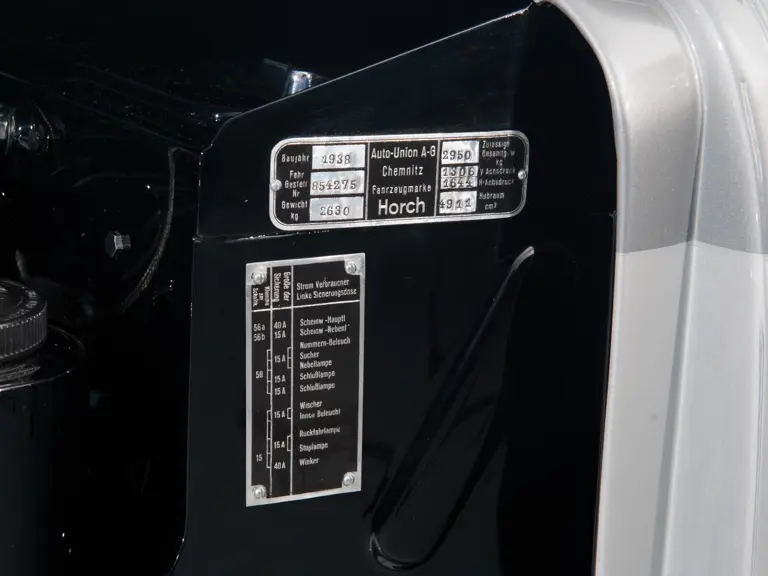
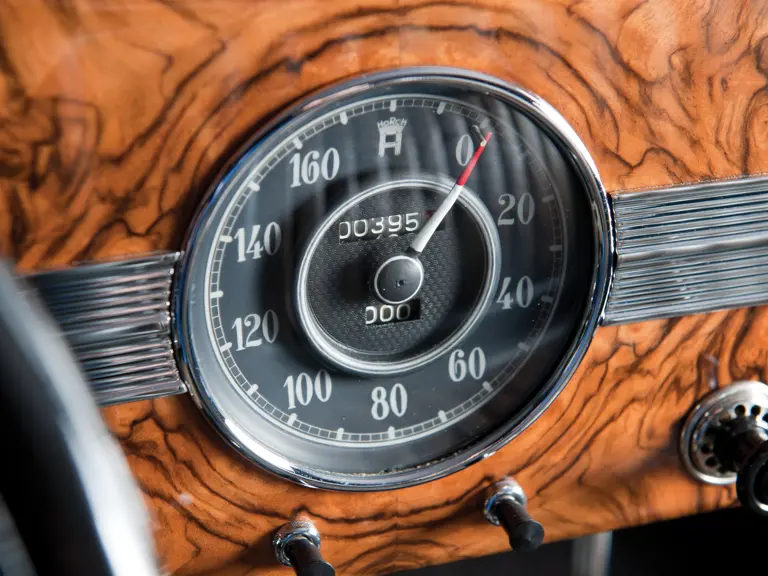
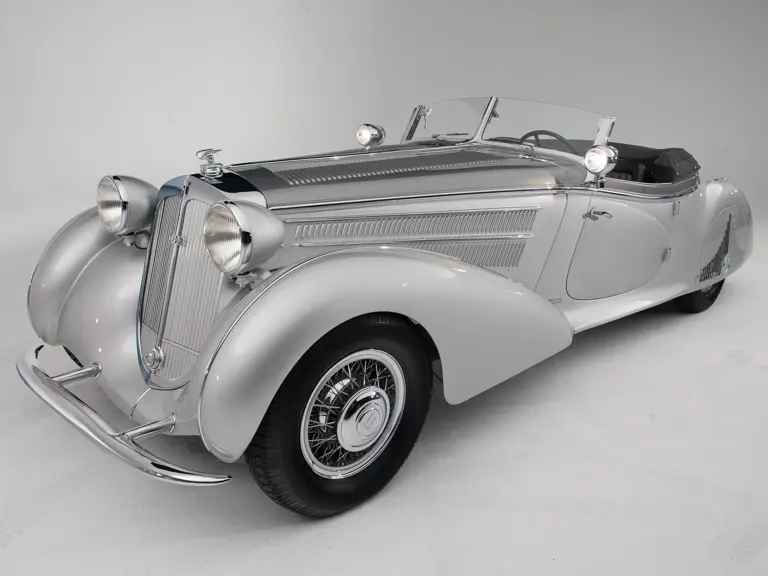
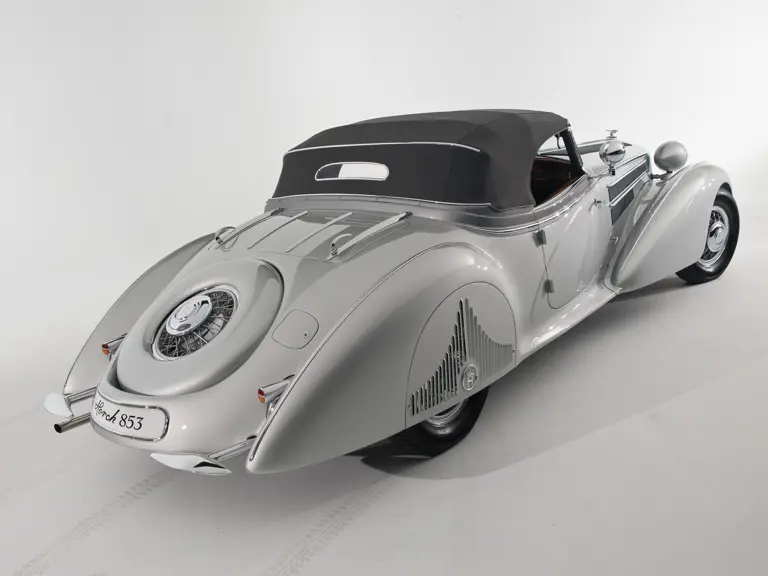
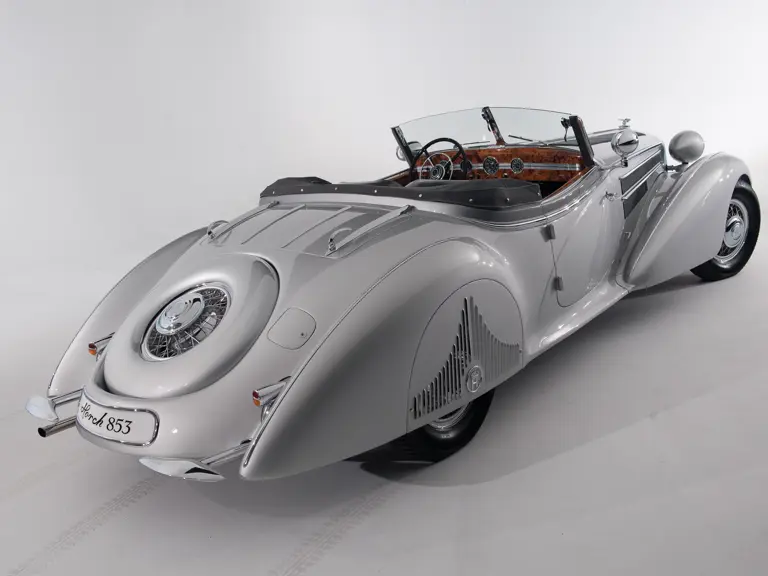

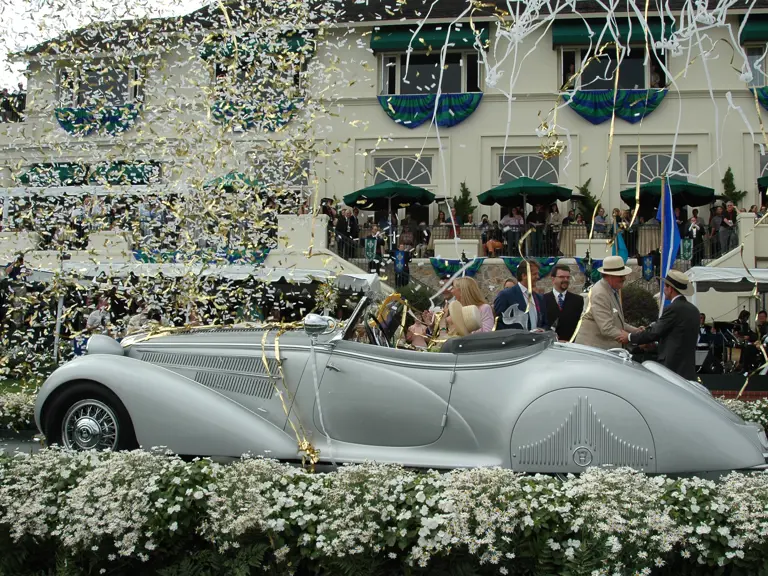

 | Monterey, California
| Monterey, California

